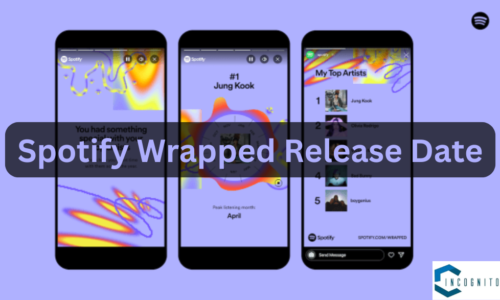
Spotify DNA is a revolutionary feature on the Spotify platform that gives users a personally tailored view on music discovery, based on their various ‘listening behaviors’ and preferences. Such new approaches definitely increase users’ engagements with music streaming services on one side and their outlook toward these services on the other.
This article looks at the Spotify DNA: how it works, benefits, challenges, and ultimately, its effect on the music industry.
Keep reading, keep learning!
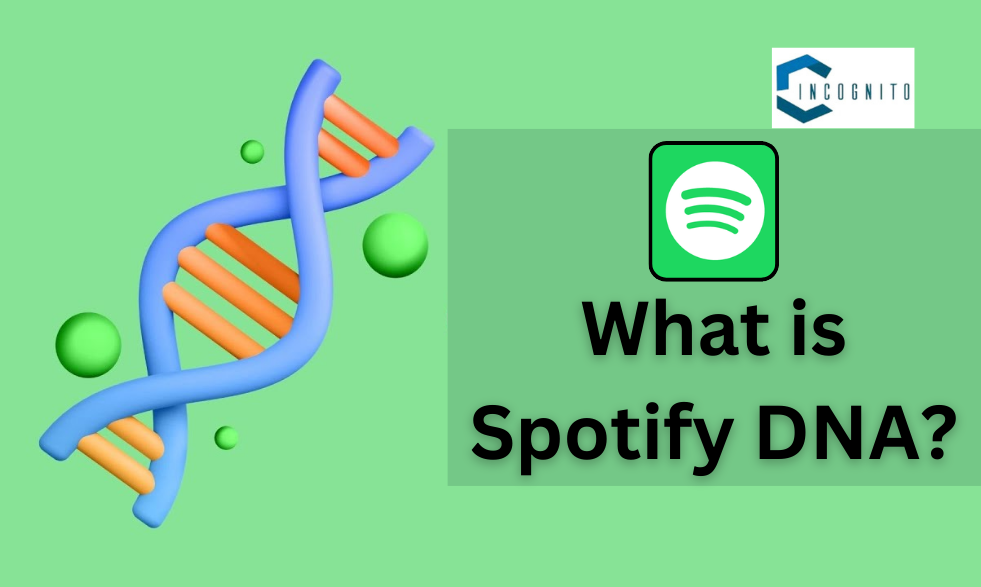
What is Spotify DNA?
What is Spotify DNA?
Spotify DNA is a musical identity that Spotify creates following the analysis of the user’s activity on the platform. Much the same as DNA captures genetic material-related information about the individual, Spotify DNA captures data such as taste in music, favorite genres, most sought-after artists, favorite songs, and even what time of day they are most likely to listen to music.
Components of Spotify DNA:
- Listening History: Spotify takes note of all the songs the user listens to, hence building a complete history of the user and acting as a base for their musical profile.
- Genre and Artist Preferences: By analyzing listening habits, Spotify identifies genres and artists with which the user most commonly associates and uses this to build targeted personal playlists and recommendations.
- Listening Patterns: It also sees when and how the user listens to the music, be it a morning person or a late-night animal, thus bringing insight to the user’s musical personality.
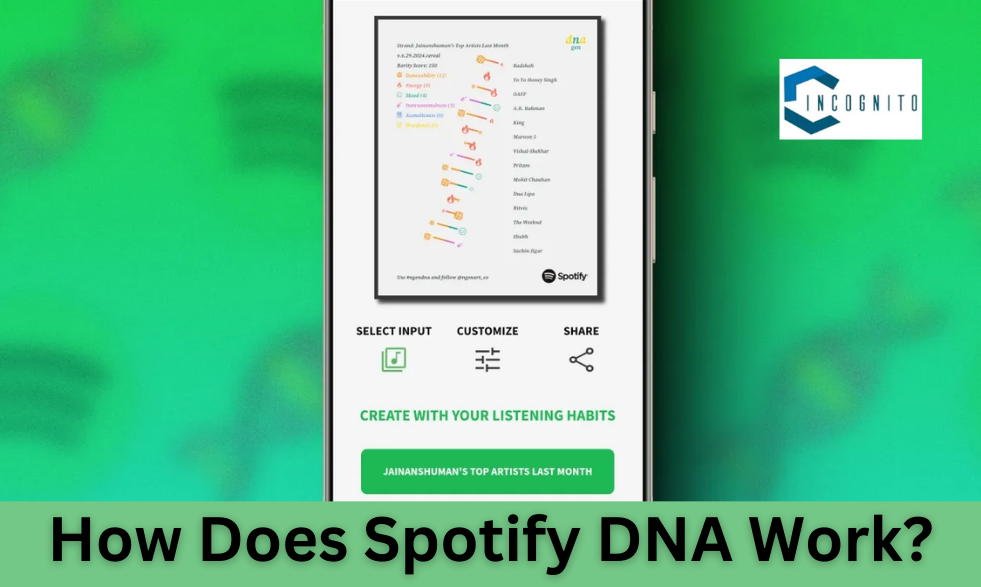
How Does Spotify DNA Work?
How Does Spotify DNA Work?
Spotify runs high-level algorithms and mechanisms of machine learning on the user data to create their own experience. The basic process is down below:
1. Data Collection:
Data of every track is collected that is played including the genre, album, and artist. The data analysis is continuously updated according to the current used listening.
2. Data Analysis:
The collected data is moved through an analysis to recognize the pattern and trends of music consumption. This may include the favorite genres, artists, or favorite song recognitions.
3. Profile Creation:
Spotify analyzes the data into a detailed musical profile, in similarity to users’ DNA. In turn, this is used to customize music recommendation, custom-made playlist, and detail on how the music will be listened to.
4. Machine Learning and AI Integration:
Deep inside each strand of Spotify’s DNA lies the incorporation of machine learning and artificial intelligence. It is built in a way that it can analyze data from millions of users with precision to identify their preferences and recommend recommendations for songs that are aligned with the user’s taste.
5. Collaborative Filtering:
It utilizes collaborative filtering, a process that aggregates data from user behavior to create trends among users with similar music tastes. With the understanding of such patterns, Spotify can suggest music that others with similar preferences have liked.
6. Natural Language Processing (NLP):
Along with textual analysis, Spotify applies some of the very basics of NLP techniques to the raw information regarding artist bios and album reviews; thus, it gains better contextual information related to the music, which again helps to circle back around the refinement loop of recommendation.
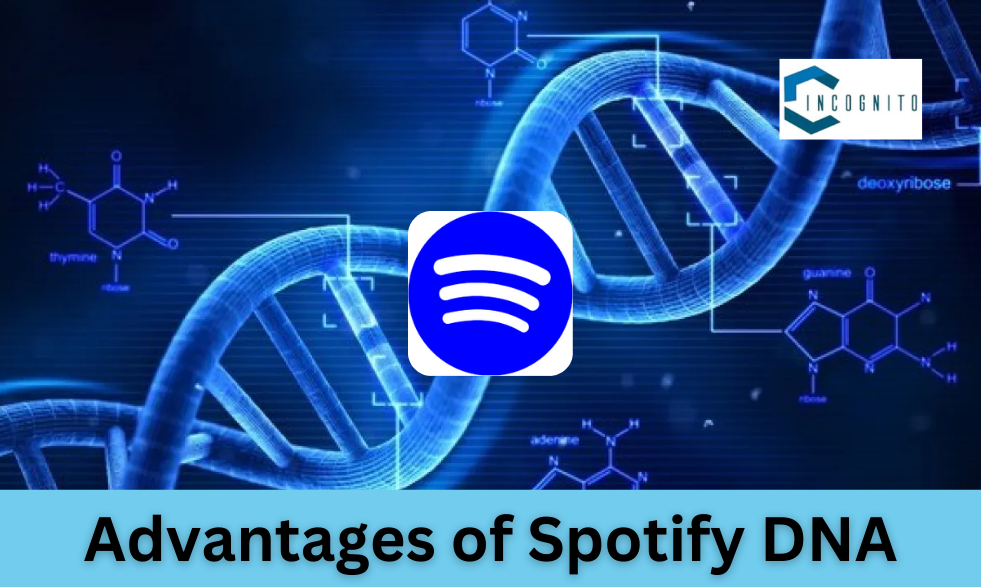
Advantages of Spotify DNA
Advantages of Spotify DNA
Understanding and utilizing Spotify DNA offers several advantages that enhance the overall music streaming experience.
1. Personalized Recommendations:
Spotify uses a user’s musical DNA to suggest songs and artists they might like, making it easy to unearth more music that’s suitable for them.
2. Curated Playlists:
Features such as Discover Weekly and Daily Mixes are manifestations of Spotify DNA, offering refreshing playlists from its algorithms to users based on real-time interactions.
3. Improved Music Discovery
Spotify DNA does great service by engaging users in finding new artists and genres that hugely enhance the overall experience of listening to music by introducing them to things they probably would not have come across otherwise.
4. Social Sharing:
Provides an option for users to share their music identity with friends and followers. This is one way they can possibly reach other friends with a similar taste.
5. Insights into Listening Habits:
Spotify DNA can give the user an understanding of his or her listening patterns and then act as if it were a mirror, reflecting musical choices.
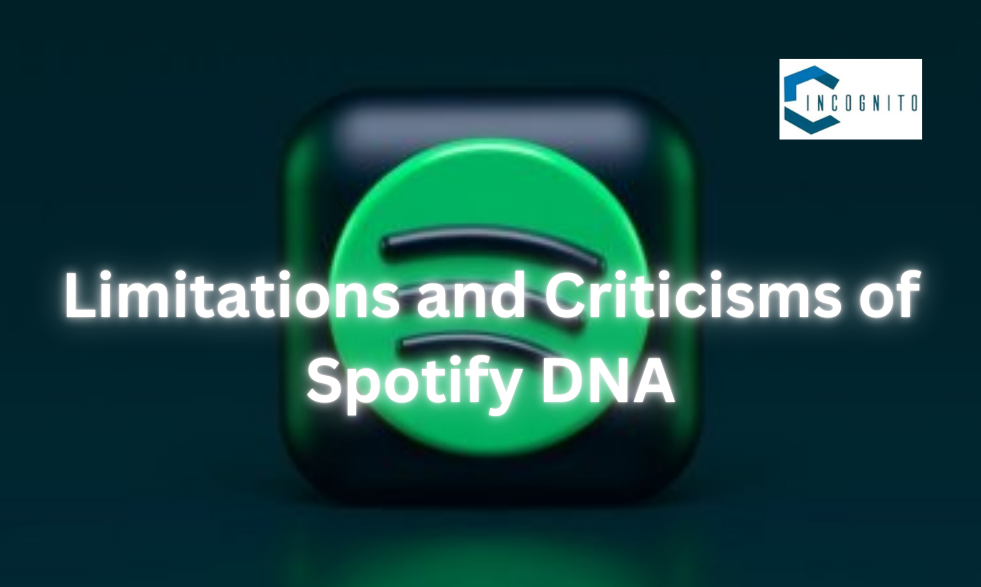
Limitations and Criticisms of Spotify DNA
Limitations and Criticisms of Spotify DNA
Though Spotify DNA is advantageous in most aspects, it has some limitations and is also criticized for the following reasons:
1. Privacy Issues:
The deep-level data mining required for Spotify DNA has been suspected to raise concerns among user privacy. It has been equally argued that from that personal listening habit of users, the analysis will in turn compromise user privacy and therefore will force Spotify to create strict measures that protect user privacy.
2. Algorithmic Bias:
This also comes with the risk of algorithmic bias: for instance, data collection biases or algorithm design might create unequal recommendations for different user categories. Dealing with this, Spotify follows the checking of its algorithms frequently to assist in the search for fairness and inclusivity.
3. Dependence:
While Spotify DNA enriches the experience, it might also tend to make one dependent on algorithms that overshadow the finding of music outside the world of personal recommendations.
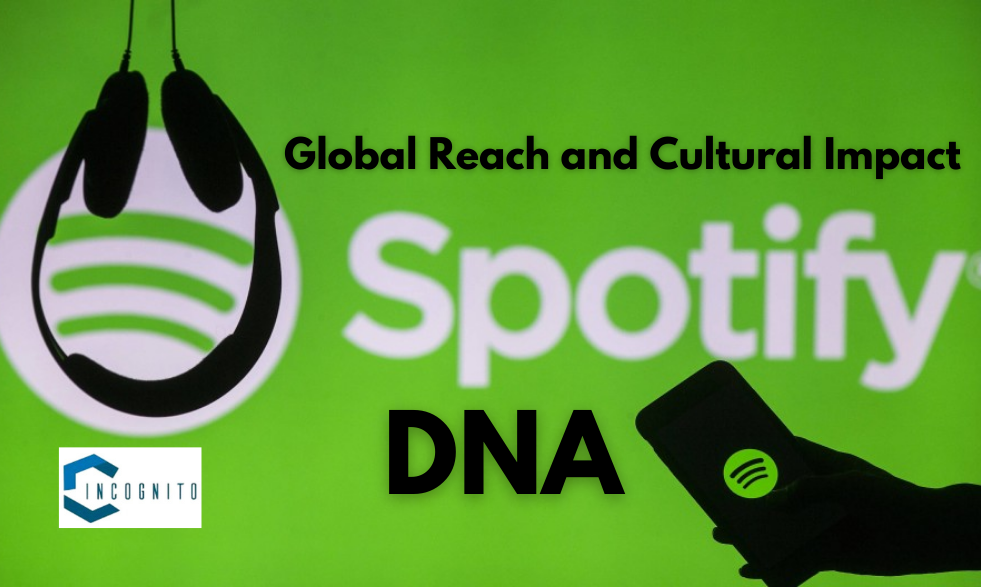
Global Reach and Cultural Impact
Global Reach and Cultural Impact
The influence of Spotify DNA spreads from the user’s preference to broader culture and scenes across the world. Spotify, by analyzing the trends in listening across different demographics, can recognize the uprising artists and genres and therefore provide for the global music scene.
1. Empowering Emerging Artists:
Since Spotify optimizes recommendations based on listener preferences, the discoverability of new and emerging talent acts as leverage toward breaking out in the industry.
2. Cultural Trends
With Spotify DNA, the platform mirrors and responds to the cultural moment’s trends in music, delivering it for all parts of users’ lives.

Future Innovations and Trends
Future Innovations and Trends
Spotify is constantly building out Spotify DNA with future innovations using AI and Machine Learning. This will extend to future innovations based on this foundation. Some future innovations include advanced, fine-grained user preference algorithms.
1. User-Centric Innovations:
Spotify continues to prioritize users, literally, in product development process. The future of innovation may flow toward a highly personalized listening experience with users driving the recommendations.
2. Better Data Visualizations
As users increasingly get more interested in understanding their musical taste, Spotify may unleash better data visualization tools that power users to dig deep into their Spotify DNA.
Conclusion
Spotify DNA is the huge leap in music discovery and personalization across the streaming scene. From analyzing your listening habits to your preferences, Spotify creates a musical profile of each user that improves the experience as a whole.
While there are privacy challenges and algorithm bias in Spotify, the commitment to transparency and continuous improvement means that the platform’s future is brilliant. As technology evolves, Spotify DNA will too, so it shall remain a great tool for music lovers who want to discover, and engage with, their unique musical journey.

